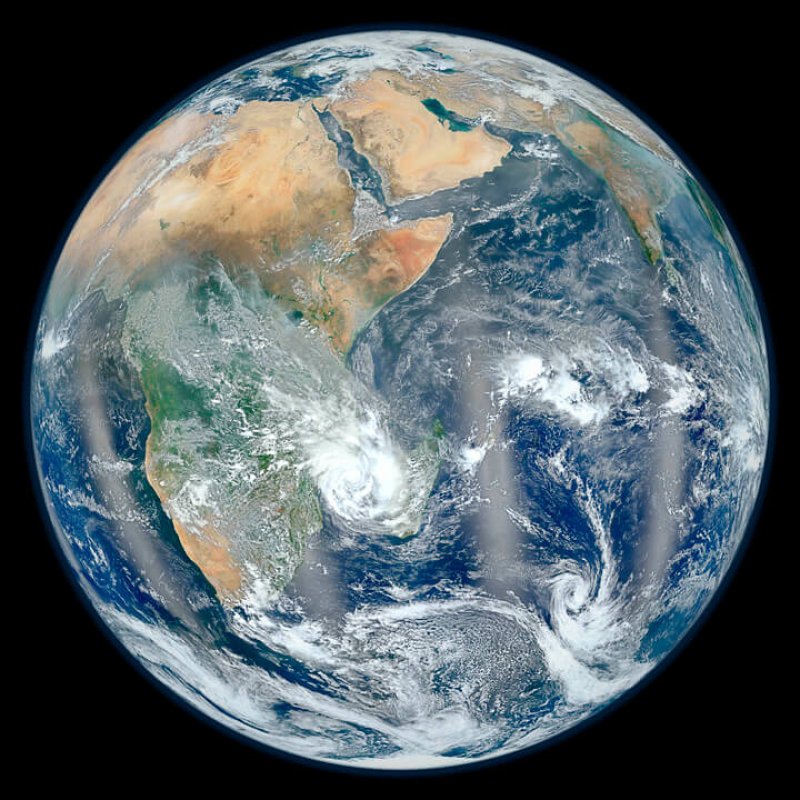[Editor’s note: Sabine Hossenfelder is a physicist and Research Fellow at the Frankfurt Institute for Advanced Studies.]
Planet Earth formed around 4.5 billion years ago. The first primitive forms of life appeared about 4 billion years ago. Natural selection did the rest, giving rise to species increasingly better adapted to their environment. Evidence, as they say, is overwhelming.
Or is it? Imagine planet Earth began its existence a mere 10,000 years ago, with all fossil records in place and carbon-14 well into decaying. From there on, however, evolution proceeded as scientists tell us. How’d you prove this story wrong? You can’t.
…
You can’t prove this story wrong because of the way our current theories work. These theories need two ingredients: 1) A configuration at any one moment in time, called the “initial condition,” and 2) A hypothesis for how this initial configuration changes with time, called the “evolution law.”
…
Saying that the world was created 10,000 years ago with everything in place is unfalsifiable but also useless. It is quantifiably not simple: you need to put a lot of data into the initial condition. A much simpler, and thus scientifically better, explanation, is that planet Earth is ages old and Darwinian evolution did its task.
The GLP aggregated and excerpted this blog/article to reflect the diversity of news, opinion, and analysis. Read full, original post: How do you prove that Earth is older than 10,000 years?































